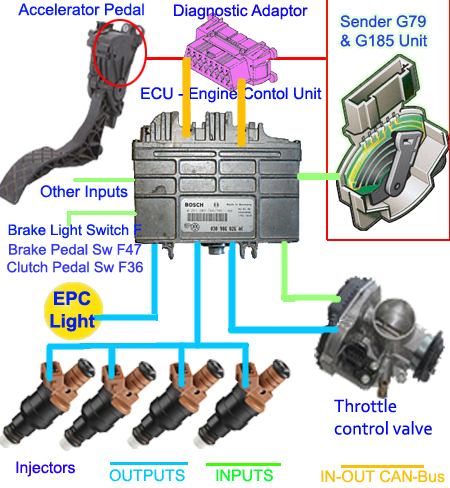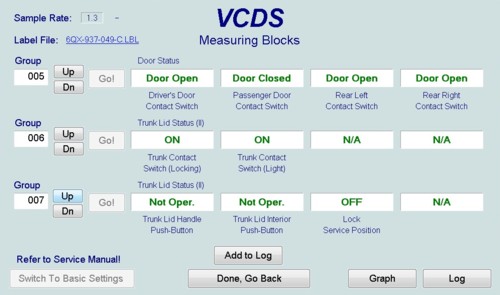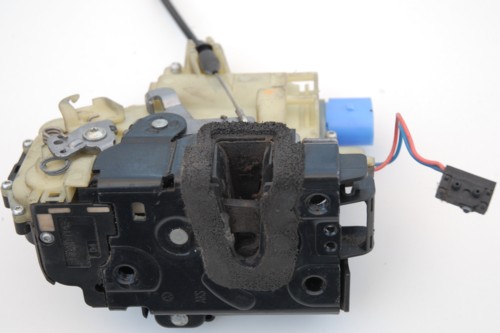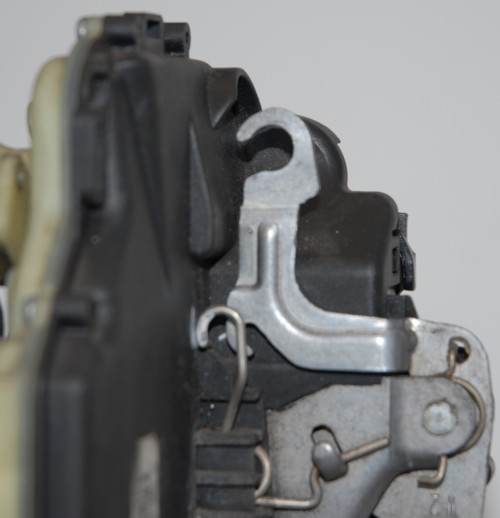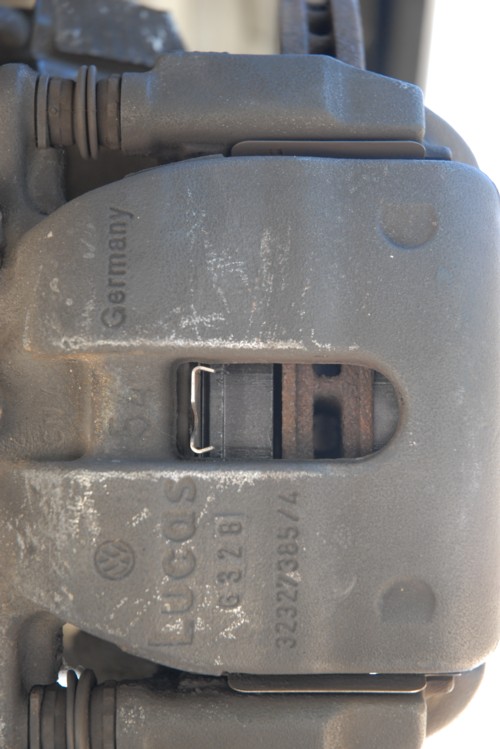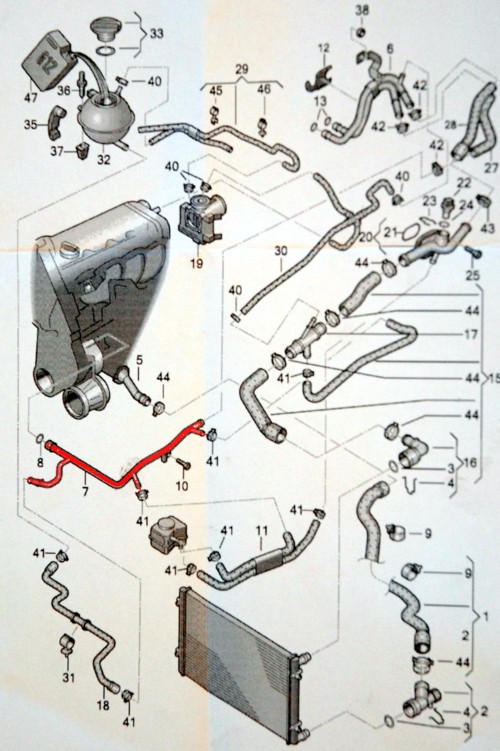TRANSMISSION LIMP MODE
During the late 1970's to the early 1980s, the on-board computer made its first appearance, responsible for monitoring and controlling the vehicle's engine. It started out with better fuel economy in mind, followed by a electronic capacitive discharge ignition systems (CDI), then electronic points and engine timing were introduced. Soon thereafter it encompassed anti-lock braking (ABS), airbags (SRS), climate control (HVAC), electronic stability control (ESP) and emissions control among several others. Today, virtually every subsystem in your vehicle is controlled by a computer interfaced with sensors of sorts – including the automatic transmission’s shift timing sequence and line pressure. The manifold absolute pressure (MAP) sensor and throttle position sensor (TPS), among several other, supplies the engine’s load signals and information which is used by the Engine Control Unit (ECU) to inform the Transmission Control Unit (TCU) when to manage gear up-shift and down-shift, especially when you’re driving up an incline or inclined toward spirited driving. Since there is so much electronics, there is so much more that can go wrong, so a "fail safe" system had to be employed as a safety feature just in case of signal errors that occur outside of its expected range. A feature that would protect the engine / transmission from "runaway" that could cause it to self destruct.
There is even an Electronic Pressure Control (EPC) valve safety circuit, integrated directly in the transmission hydraulic circuit of all VAG vehicles. When necessary, a part of the gearbox is depressurised to prevent any transmission clutches from closing uncontrolled due to excessive clutch pressure. This is feature is called the "Emergency Program" aka "Limp Mode" or "Limp Mode Home".
How to fix limp home mode
- Throttle Pedal Sensors (TPS), G79/G185
- Throttle body Position sensors, G187/G188
- Throttle Valve Control Module, J338
- Engine Component Power Supply Relay, J757
- Intermittent Ignition Coils, N, N128, N158, N163
- Fuel Injectors N30, N31, N32, N33
- Transmission Control Module J217
- Waste-gate Actuator Valve, N75
- Knock Sensor, G61
- Fuel pressure sensor G247
- Fuel pressure regulator valve, N276
- Automatic transmission electronic pressure control (EPC ) solenoid / stuck solenoids
- Transmission solenoid harness
| Volkswagen Automatic Transmission Solenoid and Harness kit. |
The only way to repair an EPC fault (Limp Mode) or for that matter any fault on any VAG vehicle, is to do a DLC scan to pull the Diagnostic Trouble Codes (DTC) to at least point you in the right direction. One of the most miserable Limp mode experiences ever is a Transmission Limp Mode. They range from a transmission that is low on fluid, to stuck in 2nd gear, to jumping out of gear, to noisy gears selection. But the worst is when engine antifreeze water from the radiator enters through the corroded ATF cooler lines into the transmission, also allowing the ATF to leak into the engine coolant, radiator and engine.
Knowing the Germans, their just had to be a oil cooler for the automatic gearbox integrated somewhere into the radiator. Even though VW claim that ATF is a lifetime fluid", it is only a matter of time before it mixes with antifreeze and water. Anyway, this happens to the all-in-one radiators of Volkswagen Jettas, VW Golf 4, Passat B6, Audi A4 Quattro and I suspect other VAG vehicle which I havn't personally experienced. It also happens to the Mercedes Benz C250, but it's not an exclusive German car design flaw. It s also prevalent in the Nissan Pathfinder, Fords and Pontiac as well as several Asian vehicles.
Once the oil cooler lines spring a leak inside the plastic radiator, it messes-up the entire system by mixing the anti freeze water mixture with ATF. Yet with all the vehicle on-board electronics there is no visible sign that this cross flow happened nor any electronic detection or indication. Since oil is less dense than water, the gears in the transmission runs in water which causes the metal gears to rust besides taking the facings off the clutch plates. Beside the water shorts out the printed circuit board driving the solenoids on the valve body. This type of extensive damage can result in a very expensive transmission replacement if it isn't detected before the damage is done.
| Volkswagen valve body |
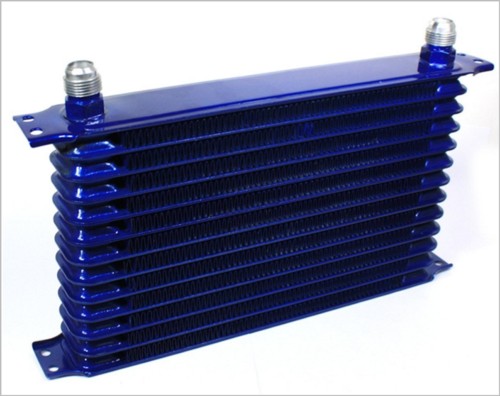 |
| Universal Aluminum after market Automotive 13-Roll Transmission Oil Cooler |





